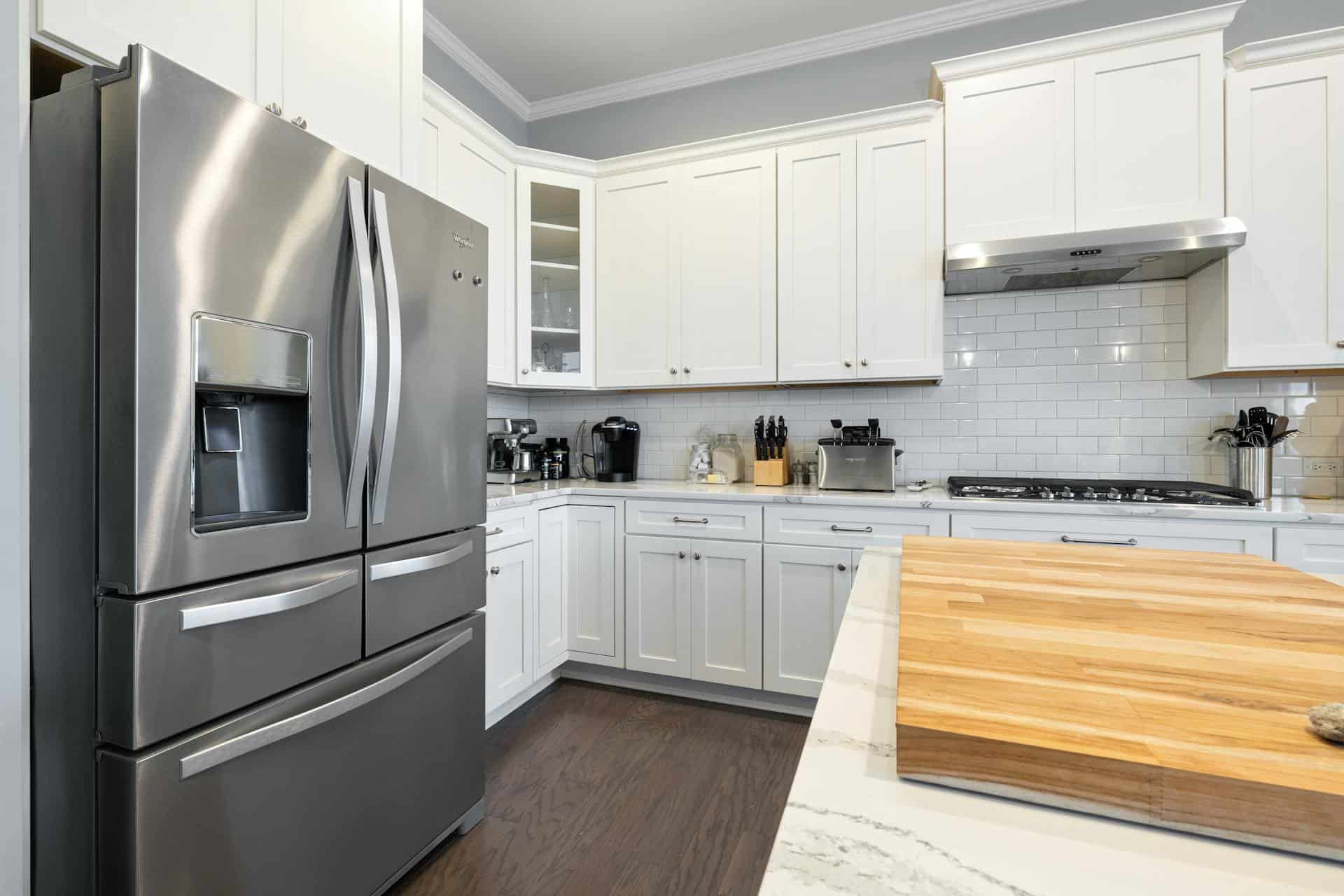
Question: How Do You Reset a Refrigerator That Is Not Cooling?
Answer: To reset a refrigerator that is not cooling: first, check the power supply and circuit breaker. If power is confirmed, unplug the refrigerator for 5-10 minutes to reset the control board, then plug it back in.
Troubleshooting a Warm Refrigerator
A refrigerator that stops cooling presents a significant problem. Spoiled food and disrupted routines quickly follow. This article provides clear, actionable steps to reset your refrigerator and restore its cooling function. We’ll explore common causes for a refrigerator malfunction and offer practical solutions. We’ll also discuss when professional help is necessary. This guide simplifies the troubleshooting process, helping you diagnose the issue and potentially avoid a costly repair. Whether a simple power cycle or a more involved reset is required, we’ll guide you through each step. You’ll learn how to identify the problem and take appropriate action. This information empowers you to address the issue effectively.
By understanding the basics of refrigerator operation and common failure points, you can confidently troubleshoot your appliance. We’ll cover checks you can perform yourself before calling a repair technician. These steps will save you time and potentially money. Follow this guide to get your refrigerator back to optimal cooling efficiency.
Power Cycling Your Refrigerator
Start with the simplest solution: a power cycle. Unplug your refrigerator from the wall outlet. Wait for 5-10 minutes. This pause allows the internal components to discharge any residual power. After 5-10 minutes, plug the refrigerator back into the outlet. Listen for the compressor to start. The compressor is the motor responsible for cooling. Its humming sound indicates it’s working. The refrigerator may take several hours to reach its optimal temperature after a power cycle.
Monitor the temperature over the next few hours. If the refrigerator still isn’t cooling, move on to further troubleshooting steps.
Click here to read more about Blue Kitchen Refacing
Related Article: What Does Garage Ready Refrigerator Mean?
Related Article: What Is the Most Common Fridge Failure?
Inspecting the Door Seals
Faulty door seals allow warm air to enter, forcing the refrigerator to work harder. Inspect the seals for any cracks, tears, or gaps. Close the door on a piece of paper. If you can easily pull the paper out, the seal needs replacing. You can often purchase replacement seals online or from appliance parts stores. Replacing a door seal is usually a straightforward DIY project.
A tight seal is crucial for maintaining a cold temperature inside the refrigerator. A new seal often solves cooling problems.
Examining the Temperature Control Thermostat
The temperature control thermostat regulates the refrigerator’s cooling system. Sometimes, the thermostat simply needs adjustment. Locate the thermostat dial, usually inside the refrigerator compartment. Turn the dial to a colder setting. Avoid setting it too cold, as this can overwork the compressor.
If adjusting the thermostat doesn’t solve the problem, the thermostat itself may be faulty. Testing and replacing a thermostat requires technical expertise. Consider contacting a qualified appliance repair technician.
Start Relay Troubleshooting
The start relay provides power to the compressor. A faulty relay prevents the compressor from starting. The start relay is usually located near the compressor at the back or bottom of the refrigerator. Testing a start relay requires a multimeter and some electrical knowledge. Incorrectly handling electrical components can be dangerous. If you’re not comfortable working with electrical parts, contact a qualified appliance repair technician.
A professional can safely diagnose and replace a faulty start relay.
When to Call a Professional
If you’ve tried all the previous steps and your refrigerator is still not cooling, it’s time to call a qualified appliance repair technician. They have the expertise to diagnose and repair more complex issues, such as refrigerant leaks or compressor failures.
Attempting to repair these problems yourself can be dangerous and may void your warranty. A professional will ensure the repair is done safely and correctly.
Conclusion – How Do You Reset a Refrigerator That Is Not Cooling?
A non-cooling refrigerator is a significant inconvenience, but often the problem is simple to fix. By systematically checking the power supply, condenser coils, door seals, and temperature control, you can often identify and resolve the issue yourself. Remember to prioritize safety and unplug the refrigerator before cleaning or attempting any repairs.
Some problems require professional expertise. Don’t hesitate to call a qualified appliance repair technician if you encounter complex issues or feel uncomfortable working with electrical components. A professional can quickly diagnose the problem and provide a safe and effective solution, restoring your refrigerator to its optimal cooling performance.

Blue Malue Get in touch with Blue here.
